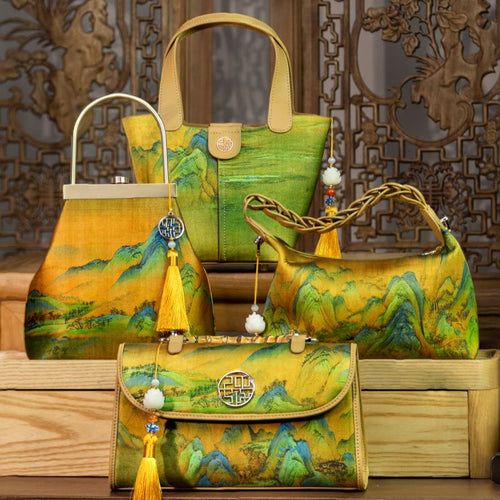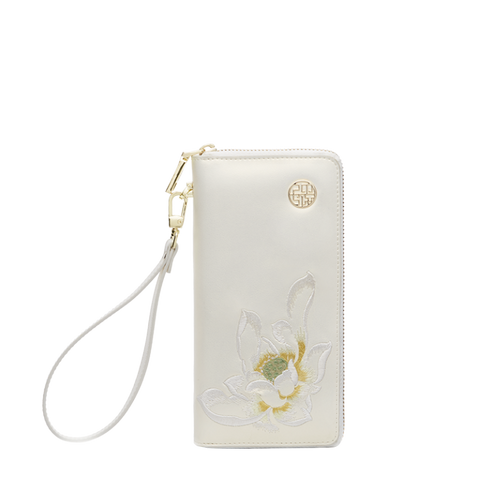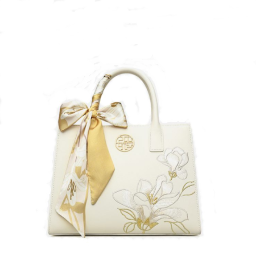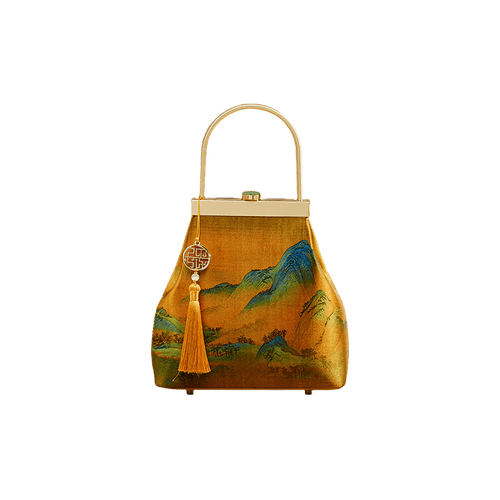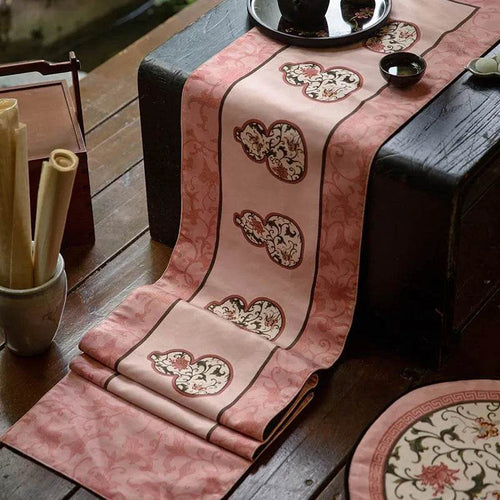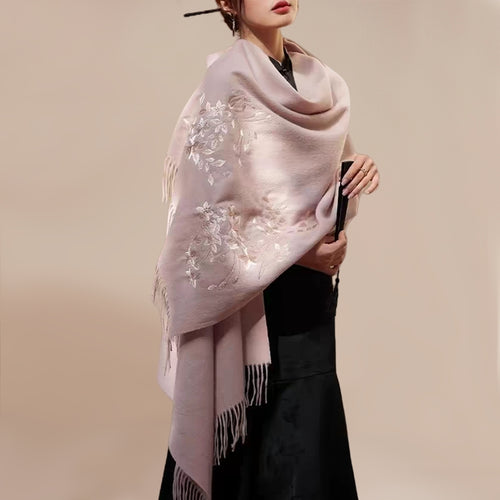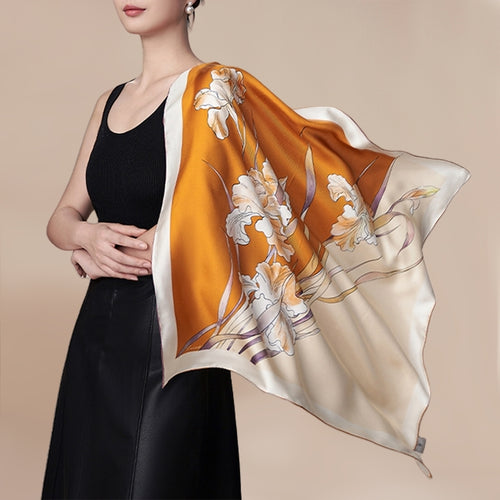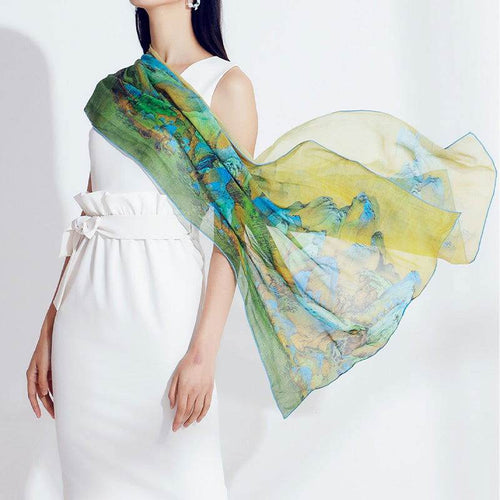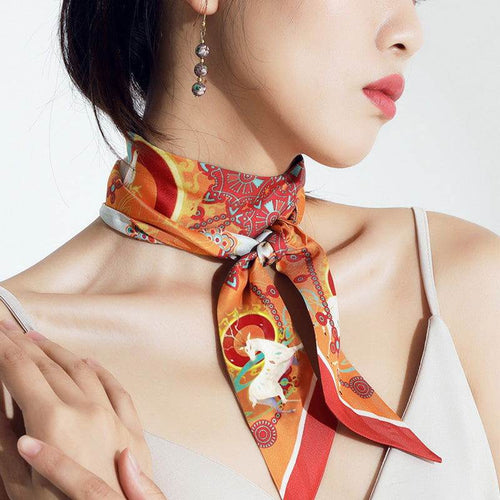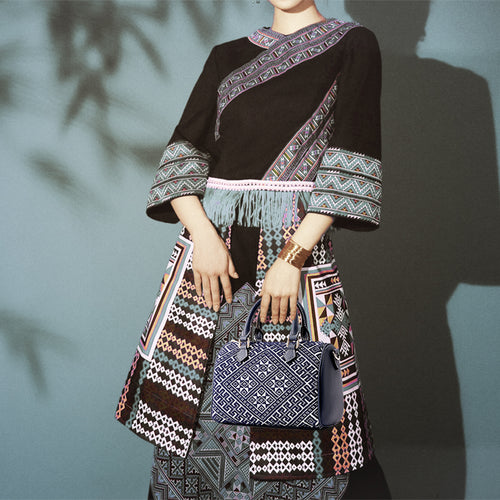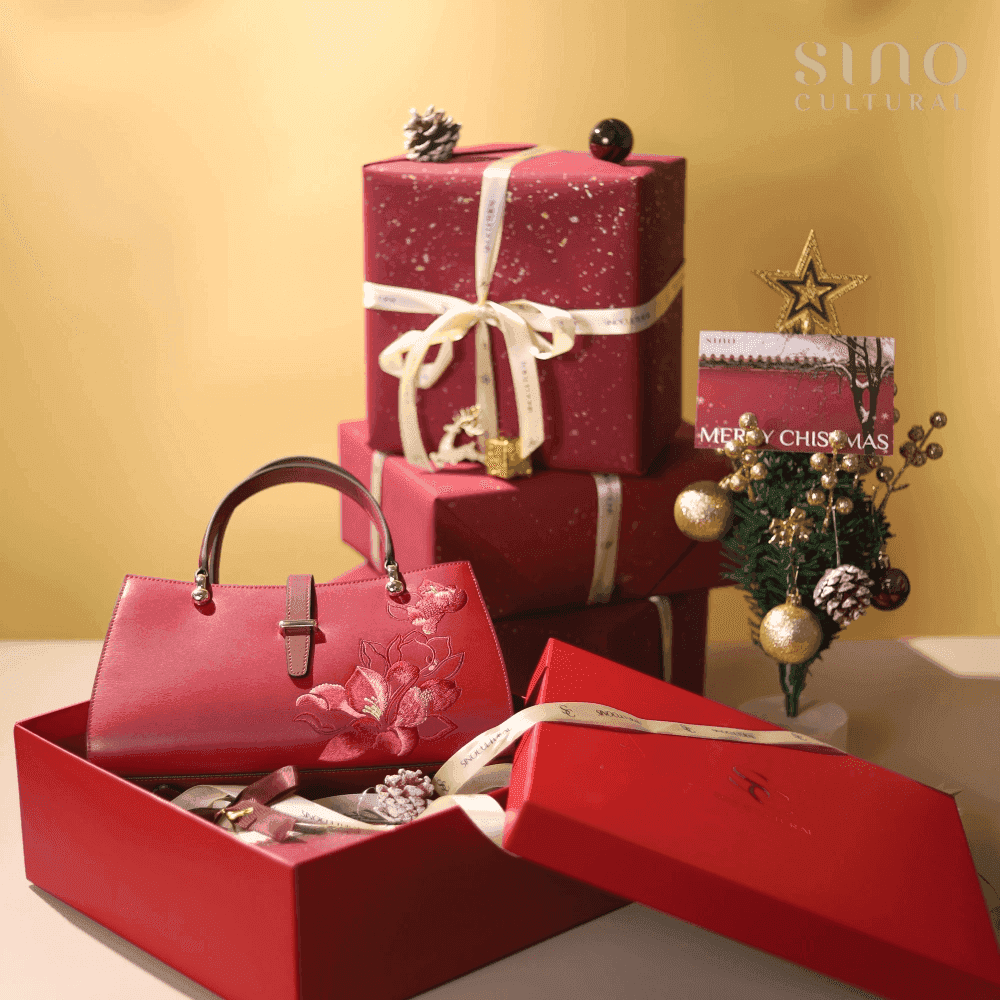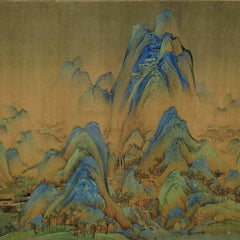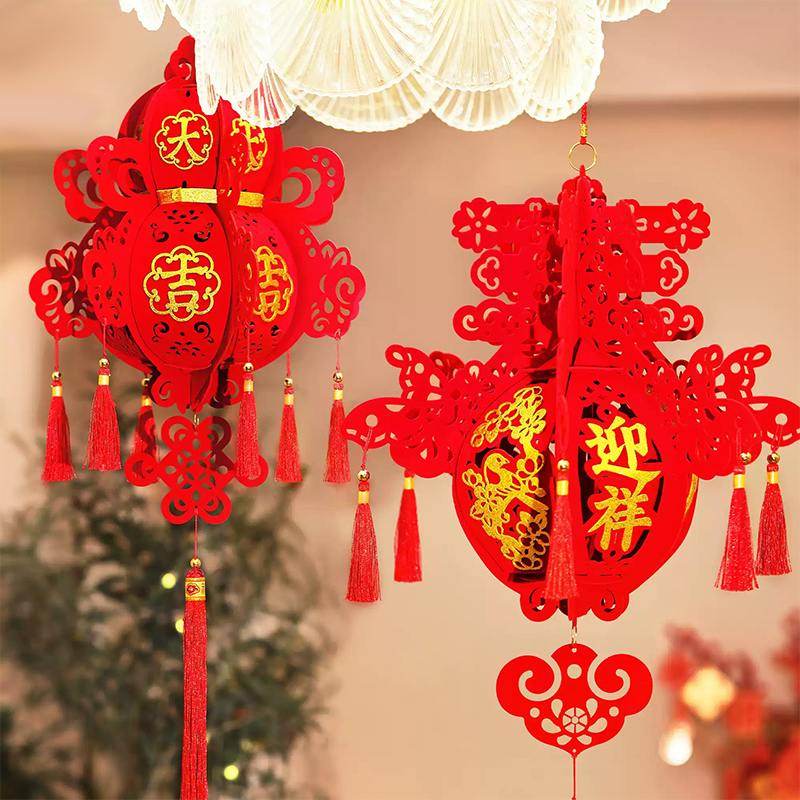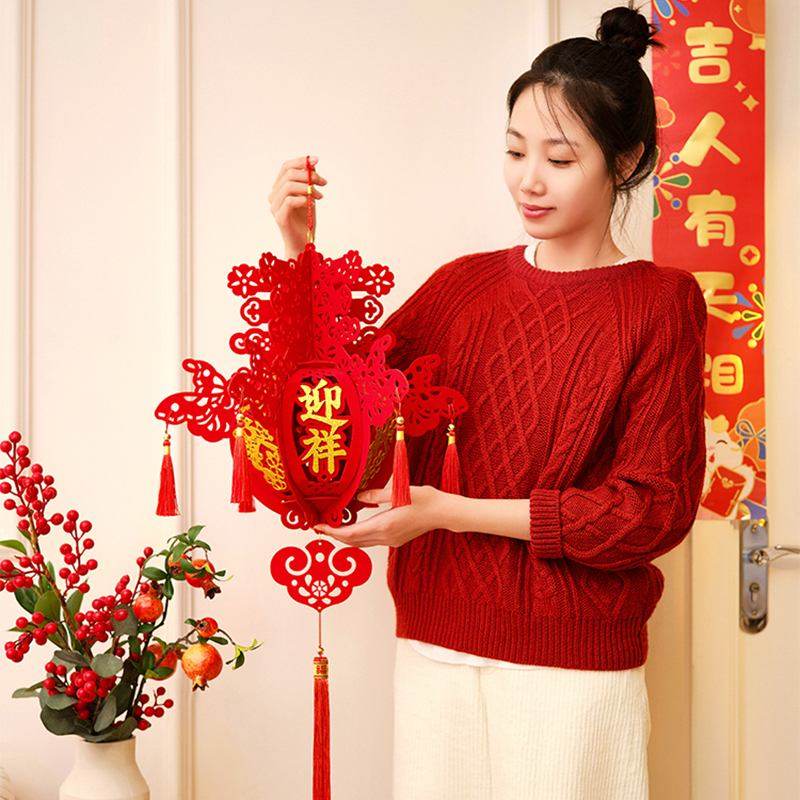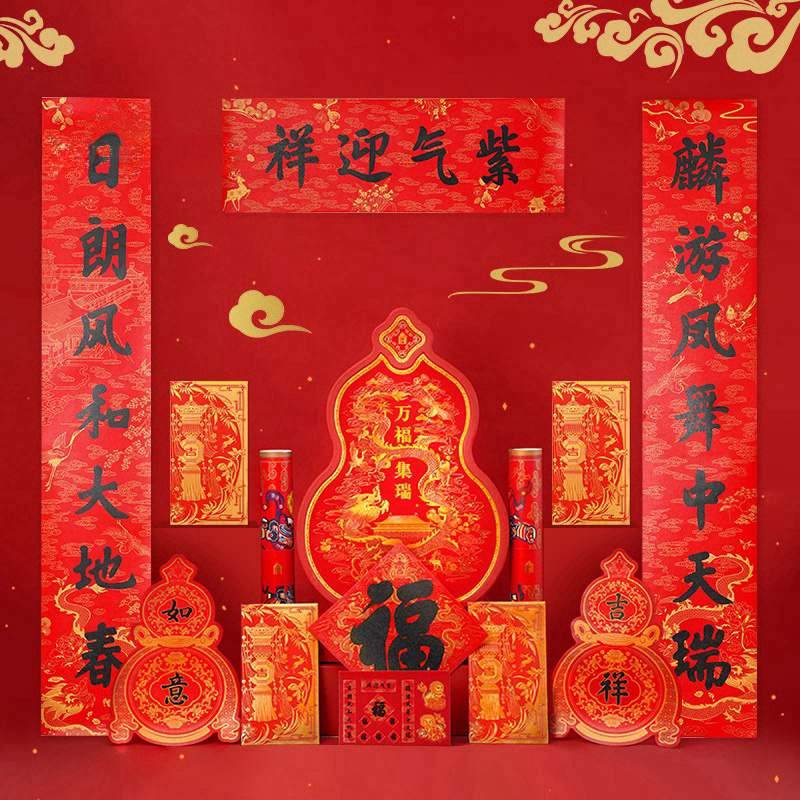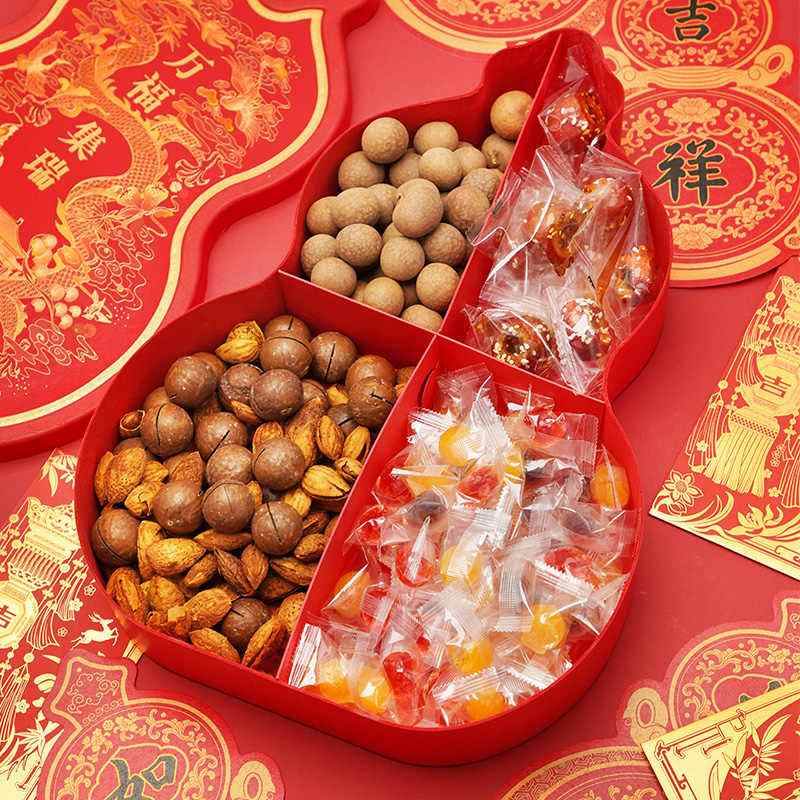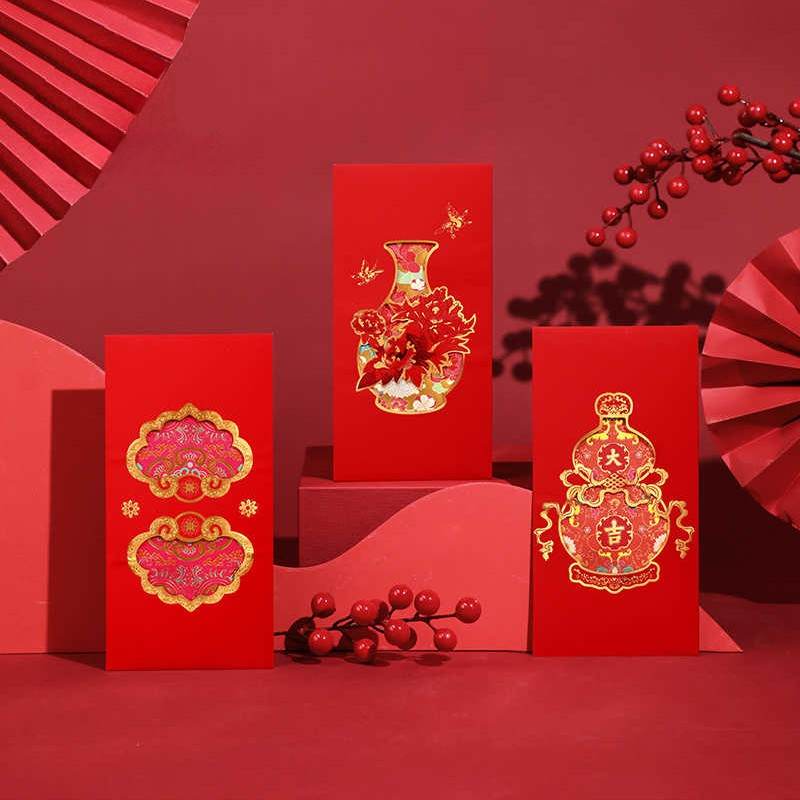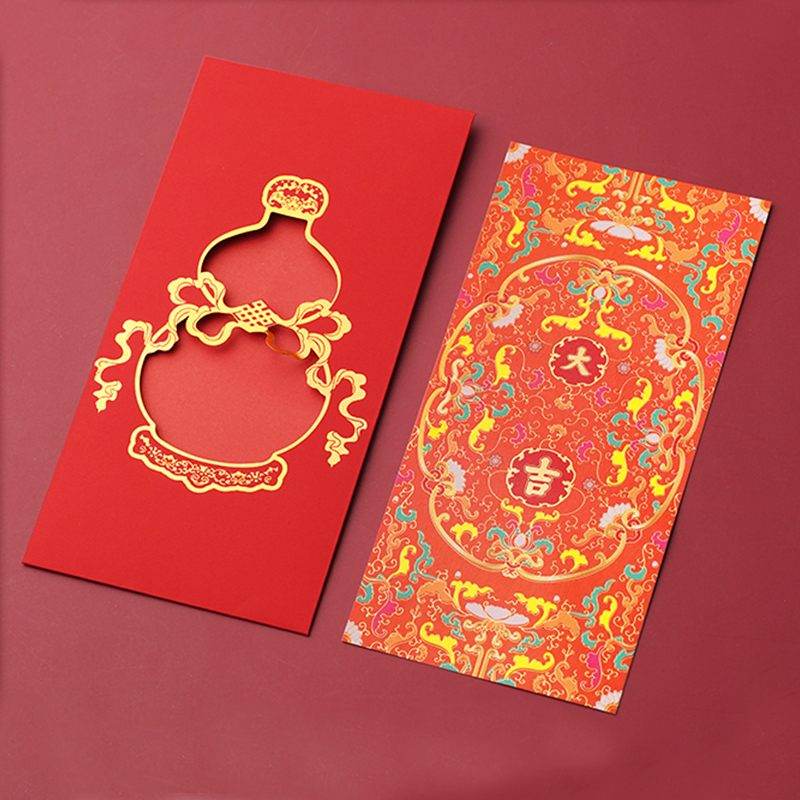On December 4, 2024, the world turned its attention to a 4,000-year-old tradition. In a landmark decision, UNESCO officially added the Spring Festival to its Representative List of the Intangible Cultural Heritage of Humanity.
But this isn't just about adding another item to a list. This recognition is a profound statement about the global importance of cultural heritage, family values, and shared human experience in an increasingly digital world. It solidifies Chinese New Year not just as a national holiday, but as a cultural treasure for all of humanity.

So, what does this historic recognition truly mean, and why does it matter so much?
"This recognition is not just a celebration of the festival itself but also of the cultural practices it embodies—family bonding, respect for ancestors, community unity, and cultural continuity."
Why This is More Than Just an Award
For centuries, the Spring Festival(Chun Jie) has been the vibrant heart of Chinese culture. Its inclusion as a world heritage is significant for three key reasons:
-
Global Validation of Cultural Values: The world is officially recognizing the importance of the festival's core tenets: family reunion, respect for nature, and hope for the future. These are universal values that resonate across all cultures.
-
Preservation for Future Generations: This status encourages the global community to help protect and preserve the festival's rich customs—from the intricate art of paper-cutting (Jianzhi) to regional opera performances—ensuring they are not lost to time.
-
A Bridge for Cultural Exchange: It elevates the Spring Festival into a global platform for dialogue and understanding, inviting people worldwide to participate in and appreciate one of the world's most cherished celebrations.
The 4,000-Year Journey: From Ancient Ritual to Global Celebration
The festival's roots trace back over 4,000 years to ancient agricultural societies, where people held sacrificial ceremonies to honor gods and ancestors, praying for a bountiful harvest. Over millennia, it evolved from solemn ritual into the joyous, family-centric celebration we know today.
The term "Spring Festival" became widely used after the 1911 Xinhai Revolution. It is now an event that transcends families, cities, and regions, fostering a sense of unity and cultural pride. The holiday is not just a time for marking the passage of time, but also a moment for people to reconnect with family and culture.
It's a time of year defined by iconic traditions that carry deep symbolic meaning:
-
The Reunion Dinner (年夜饭): On New Year's Eve, families travel thousands of miles to gather for the most important meal of the year, symbolizing unity and togetherness.
-
Red Envelopes (红包, Hóngbāo): Married adults give red envelopes containing money to children and unmarried relatives, not as payment, but as a symbolic transfer of good fortune, happiness, and blessings.

-
Fireworks and Firecrackers: The loud noises were traditionally meant to scare away evil spirits (like the mythical beast "Nian") and welcome the arrival of the new year.

-
The Lantern Festival (元宵节): The celebration officially concludes on the 15th day with the Lantern Festival, where families walk the streets with glowing lanterns, solving riddles and eating sweet rice balls (tangyuan), symbolizing a bright and complete start to the year.

How to Participate in This Global Celebration
With the Spring Festival now recognized as a shared treasure of humanity, everyone is invited to experience its beauty. At SinoCultural, we believe the best way to honor a culture is to participate in it thoughtfully.
As we prepare to welcome the Year of the Snake in 2025, here are some ways to bring the festival's spirit into your own life:
-
Decorate with Meaning: Adorn your home with vibrant New Year’s decorations.Traditional red and gold symbolize luck and wealth, bringing a festive and auspicious atmosphere to any space.
-
Wear a Touch of Red: Red is the color of joy and good fortune. An elegant red handbags or scarves is a perfect way to honor the tradition and add a festive touch to your wardrobe, whether you're visiting family or attending a celebration.
-
Give a Thoughtful Gift: Gift-giving is central to the holiday. Choose items that embody renewal and good fortune, such as elegant home decor or accessories that reflect the festival's rich artistic heritage.
Frequently Asked Questions (FAQ)
Q: When did the Spring Festival get UNESCO recognition?
A: The official inclusion was on December 4, 2024. The item is titled "Spring Festival—The Social Practice of Celebrating the Traditional Chinese New Year."
Q: What is Intangible Cultural Heritage?
A: According to UNESCO, it refers to traditions, living expressions, and cultural practices passed down through generations, such as oral traditions, performing arts, rituals, and craftsmanship.
Q: Why is this recognition important?
A: It helps safeguard the festival's traditions from being overly commercialized or lost over time. It also promotes global respect for cultural diversity and encourages cross-cultural celebration and understanding.
This historic decision marks a new chapter for the Spring Festival. It is an invitation for the world to look deeper, to understand the stories behind the symbols, and to share in the universal joy of renewal, family, and hope.


